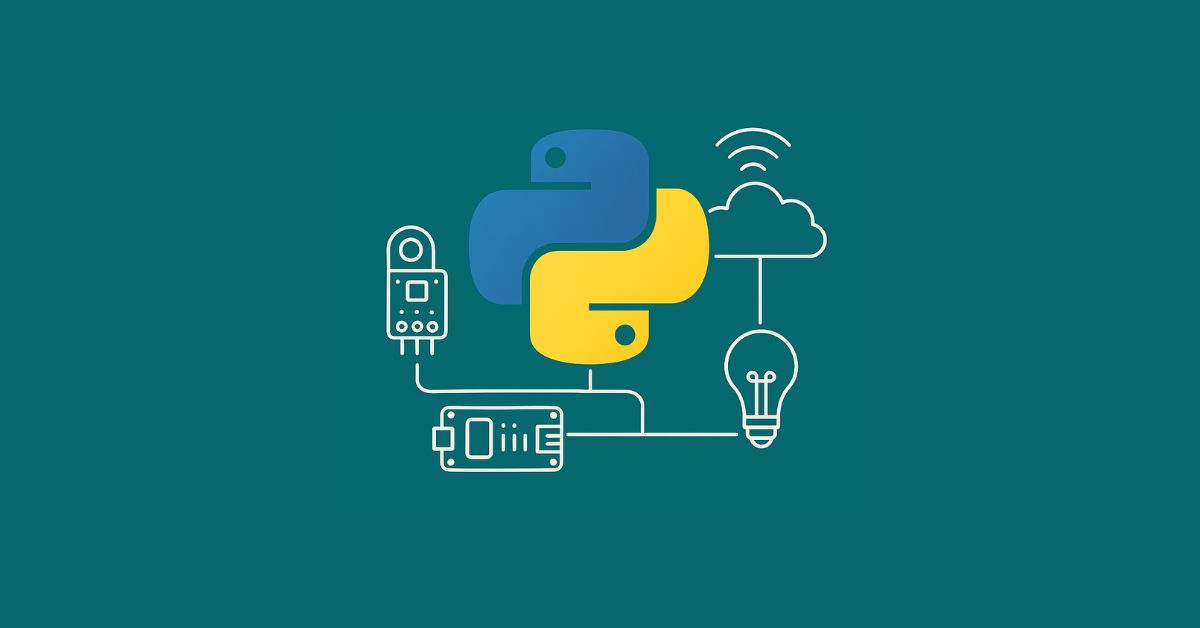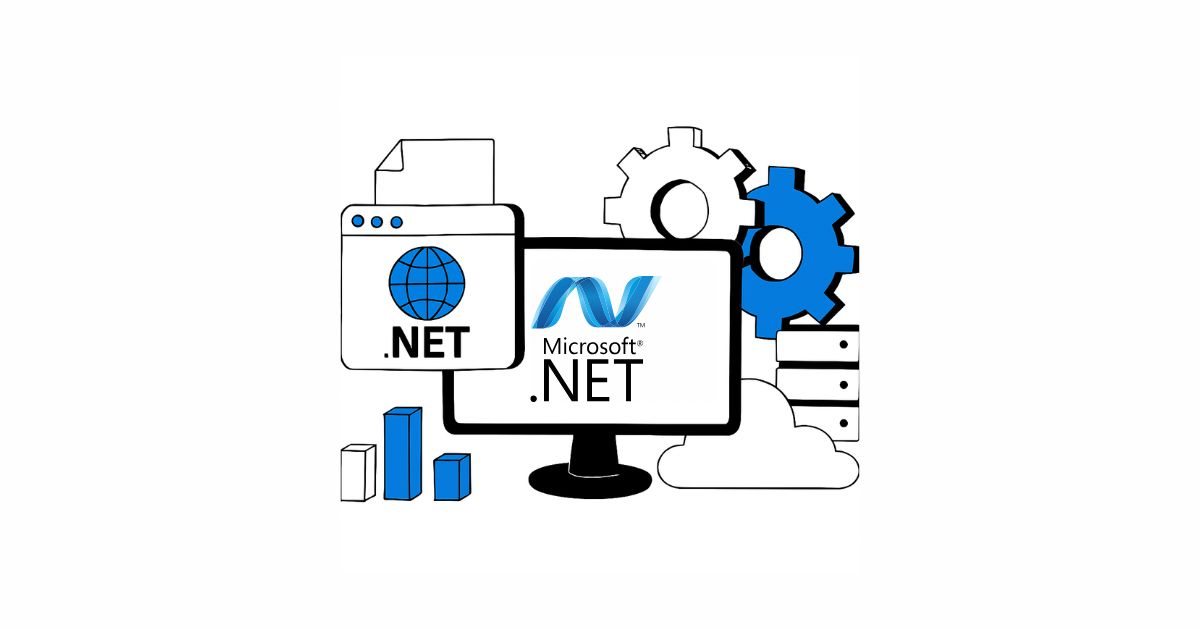What is SaaS?
Software as a service, or SaaS, is a cloud computing concept in which software applications are available online. Users use an application or web browser rather than buying and installing the software on individual PCs or servers. Usually, on a subscription basis, the software as a service controls hosts and keeps up with the software and associated infrastructure on the servers. With the ease of an internet browser, you can quickly use the SaaS platform, which operates on a subscription basis. The development stage, which involves design, development, testing, launch, and maintenance, is aided by software as a solution. Security, performance, scalability, and capacity are all tested.
Key Features of SaaS
Cloud Based Access- The software is accessed online, eliminating the need for local installations.
Subscription-Based Model- Users usually pay for the software as a service platform on a monthly or yearly basis.
Automatic Updates- SaaS providers handle the software updates that ensure users always have access to the latest version.
Multi-Tenancy- Multiple users share the same kind of infrastructure while keeping their data isolated.
Scalability- The software as a service company can easily scale their business up or down, depending on their needs.
Advantages of Software as a Service
Because it offers flexibility, cost savings, and ease of management, Software as a Service (Saas) is an appealing alternative for enterprises of all kinds. Here are a few main advantages of utilizing software as a service (SaaS) for your program:
Cost Effectiveness
Choosing SaaS development company can result in significant savings for various reasons. Firstly, Saas eliminates the cost the user has to pay at the time of installation and at the time of purchase. The ongoing costs such as the maintenance and the upgrades are no longer a factor of concern. Instead of spending a large amount of money on hardware resources, Saas applications are easily downloaded and can be maintained free from the user’s end. For all the small businesses, Saas is truly a boon, given that the businesses reduce costs given that they only have to pay for the software they are using and do not waste resources on unused licenses.
Software as a service solutions is a deployment model that handles the IT infrastructure complexities and deploys the business application without the time and resources consuming the hardware maintenance. All of this is the responsibility of your Saas vendor, allowing the business to choose the right or the free up resources, and direct towards the process.
Scalability and Flexibility
Software as a service company can be scaled up or down the business needs allowing companies to add more users or increase the capacity as per the requirement. Businesses can choose the pricing plans that fit their current needs, often with the ability to adjust the usage of overtime. Software as a service solutions provide flexibility. It can be accessed from anywhere in the world. Users can access the data from anywhere and work effectively making it a much better option for people working from home.
High Compatibility
In the traditional method of software installation, updates can be very time-consuming and expensive. The compatibility issues Aries because of the version discrepancies between the members of the workforce. Software as a service company will always have access to most of the up-to-date versions of the software. It is a service definition that eliminates problems like software maintenance and incompatibility, thus providing your enterprise with a streamlined focus and higher productivity.
Improved Collaborations
Software as a service company of multiple users can work on the same document, file, and project. The changes made by one person are instantly visible to others also, allowing for real-time feedback and edits. Saas platforms are cloud-based so users can access them from any device with an internet connection. This would make the collaboration possible regardless of the locations, enabling the teams to work together effectively.
High Adoption
Software as a service solutions eliminates the need for large investments in the hardware and the software making it accessible to startups, small businesses, and enterprises alike. Users need to typically pay subscription fees which would reduce the capital expenses and the shift cost to the operational budget. Saas platforms are easy to use even for the non-technical person. This will lead to faster adoption within the firm as employees can start using the software with minimal training.
Enhanced Team Transparency
Software as a service solutions store the data, documents, and updates in a centralized location that all the team members can access. This ensures everyone is working with the most up-to-date information which would reduce the misunderstanding and miscommunication. With the cloud based Saas Solutions, all the team members can access the same information in real-time, promoting clarity and reducing the chances of working on outdated or incorrect data.
Quick Deployment
Software as a service solutions are hosted in the cloud meaning businesses don’t need to purchase, install, or configure the physical hardware. This eliminates the time-consuming hardware setup and infrastructure management, significantly speeding up the deployment. Saas providers offer pre-configured solutions that typically are ready to use immediately after subscribing. Businesses don’t need to spend time customizing or configuring the basic functionality which will allow for faster implementation.
Disaster Recovery
Software as a service company usually hosts their services across multiple geographically distributed data centers. This ensures that if one data center experiences an outage or disaster, another can take over without significant service disruption. Saas typically performs regular, automated backups of all the data stored in the services. To ensure that businesses can retrieve their data in the case of an unintentional deletion, hardware failure, or cyberattack, this type of backup is frequently maintained in various locations.
Conclusion
In summary, Software as a Service (SaaS) is a cloud-based delivery model that provides businesses with internet access to software applications by doing away with the need for traditional on-premise infrastructure. SaaS offers businesses numerous advantages, including lower startup costs, straightforward scalability, quick implementation, and remote access. It increases openness, fosters teamwork, and offers dependable disaster recovery options. SaaS also lessens IT burdens for organizations by outsourcing security and maintenance to the provider, allowing them to stay current with automatic updates.
Software as a service solutions adoption allows companies to concentrate on their core competencies while gaining more flexibility, cost-effectiveness, and agility. As a result, it’s a terrific option for businesses of all kinds seeking to boost productivity and spur expansion in the current digital environment.








